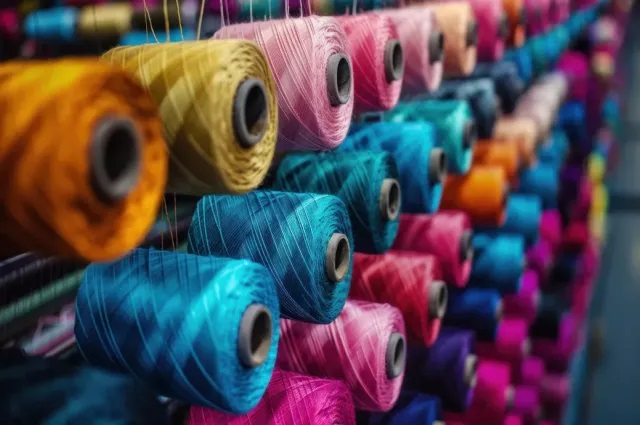The fast fashion market is experiencing significant growth, driven by consumers' desire for the latest trends. A report by Allied Market Research reveals that it was worth $103.20 billion in 2022 and is expected to reach $291.1 billion by 2032, with a remarkable compound annual growth rate (CAGR) of 10.7 per cent from 2023 to 2032. This rapid ascent highlights the industry's agility in meeting changing consumer demands with affordable and fashionable clothing.
Fast fashion epitomizes a business model that prioritizes agility and affordability. It revolves around the rapid design, production, and distribution of clothing and accessories to capitalize on the latest fashion fads. While this approach caters to consumers' desire for up-to-the-minute styles at pocket-friendly prices, it often raises concerns about ethical and sustainable practices within the industry.
Global Appeal: Factors driving fast fashion
In developing countries, fast fashion enjoys widespread popularity, driven by a confluence of economic, social, and cultural factors. Affordability and accessibility emerge as key attractions, particularly in regions where disposable incomes may be comparatively lower. The affordability of fast fashion brands allows consumers to indulge in trendy attire without straining their budgets, while the accessibility of these brands through physical and online channels ensures broad market reach.
For many, fashion transcends mere clothing; it serves as a vehicle for self-expression and identity articulation. In the age of social media dominance, influencers and celebrities wield unprecedented influence, shaping trends and garnering legions of followers enamored with their distinctive styles. Fast fashion adeptly taps into this phenomenon, swiftly translating international trends into accessible collections that resonate with consumers worldwide.
Marketing innovations driving demand
The fast fashion sector thrives on innovative marketing strategies designed to evoke urgency and excitement among consumers. Limited-time offers, flash sales, and exclusive collaborations create a sense of exclusivity, enticing consumers to make impulsive purchases and stay abreast of fashion trends. Particularly in developing countries with youthful, tech-savvy populations, these tactics resonate, aligning with their aspirations for individuality and trendiness.
The burgeoning pace of urbanization and globalization in developing nations dovetails with the ethos of fast fashion. As consumer lifestyles evolve, characterized by speed and convenience, fast fashion emerges as a natural fit. However, alongside its appeal, concerns loom regarding the industry's environmental and ethical ramifications, prompting a growing cohort of consumers to seek more sustainable alternatives.
Navigating market segmentation and regional dynamics
The fast fashion market is segmented by gender, end-user demographics, and distribution channels. With offerings tailored for men, women, adults, teens, and children, the industry caters to diverse consumer segments. Regionally, North America, Europe, Asia-Pacific, and LAMEA emerge as key markets, each characterized by distinct consumer behaviors and preferences.
Key players driving industry innovation
Leading the charge in the fast fashion arena are industry stalwarts such as Uniqlo, Forever21, The Gap, H&M, Primark, among others. These players leverage their global presence and brand recognition to capitalize on emerging opportunities while navigating evolving consumer sentiments.
Charting a sustainable future
As consumer awareness of sustainability mounts, the fast fashion landscape is poised for transformation. While the industry's growth trajectory remains robust, future success hinges on its ability to reconcile consumer demand for affordability and style with ethical and environmental imperatives. Adapting to shifting consumer priorities will be paramount for fast fashion brands seeking to maintain their competitive edge in a rapidly evolving marketplace.
In essence, the fast fashion phenomenon underscores not only the industry's capacity for innovation and adaptation but also the intricate interplay between consumer culture, social media influence, and global market dynamics. As the sector continues to evolve, its ability to strike a balance between commercial viability and sustainability will shape its trajectory in the years to come.












